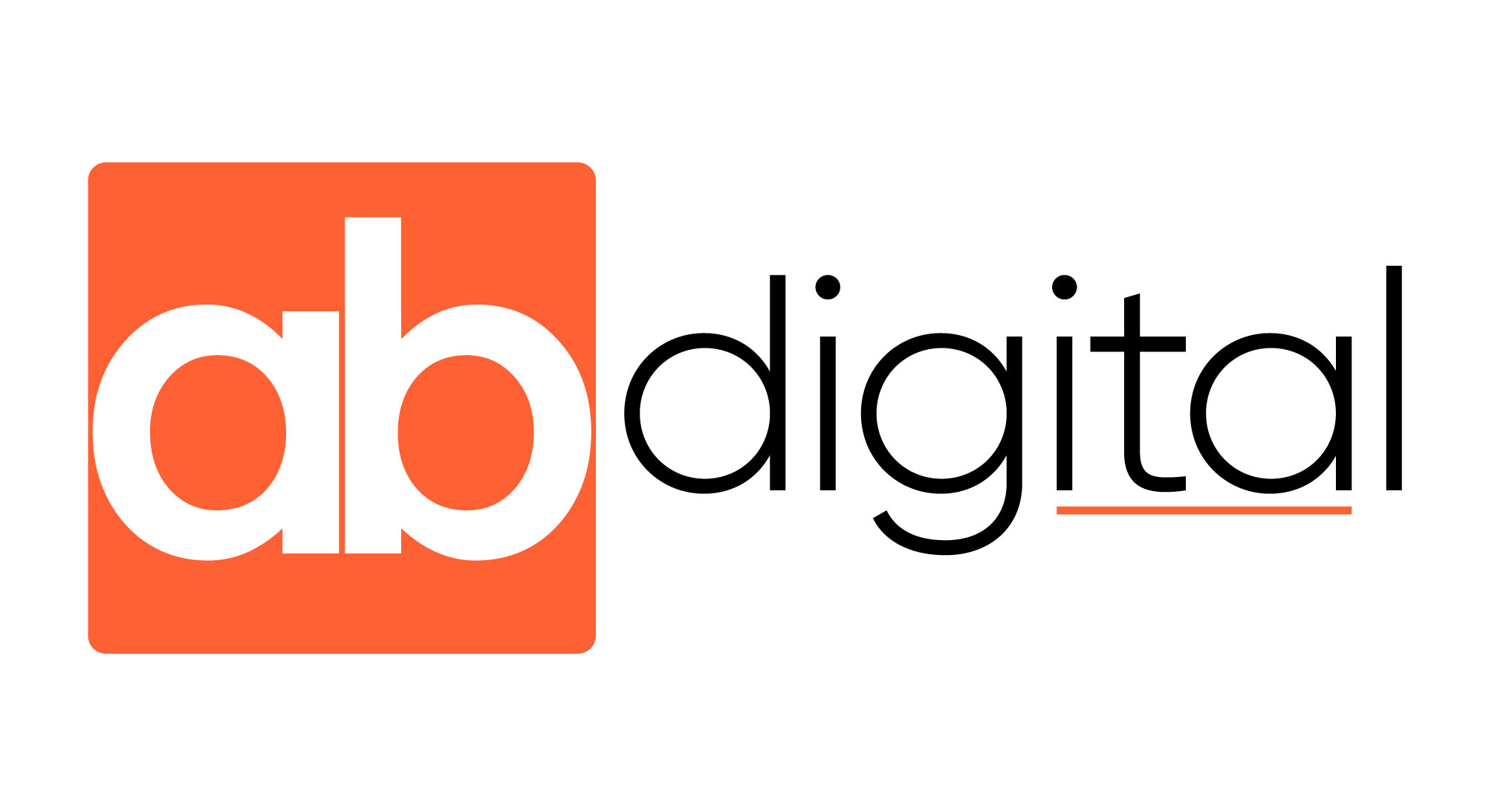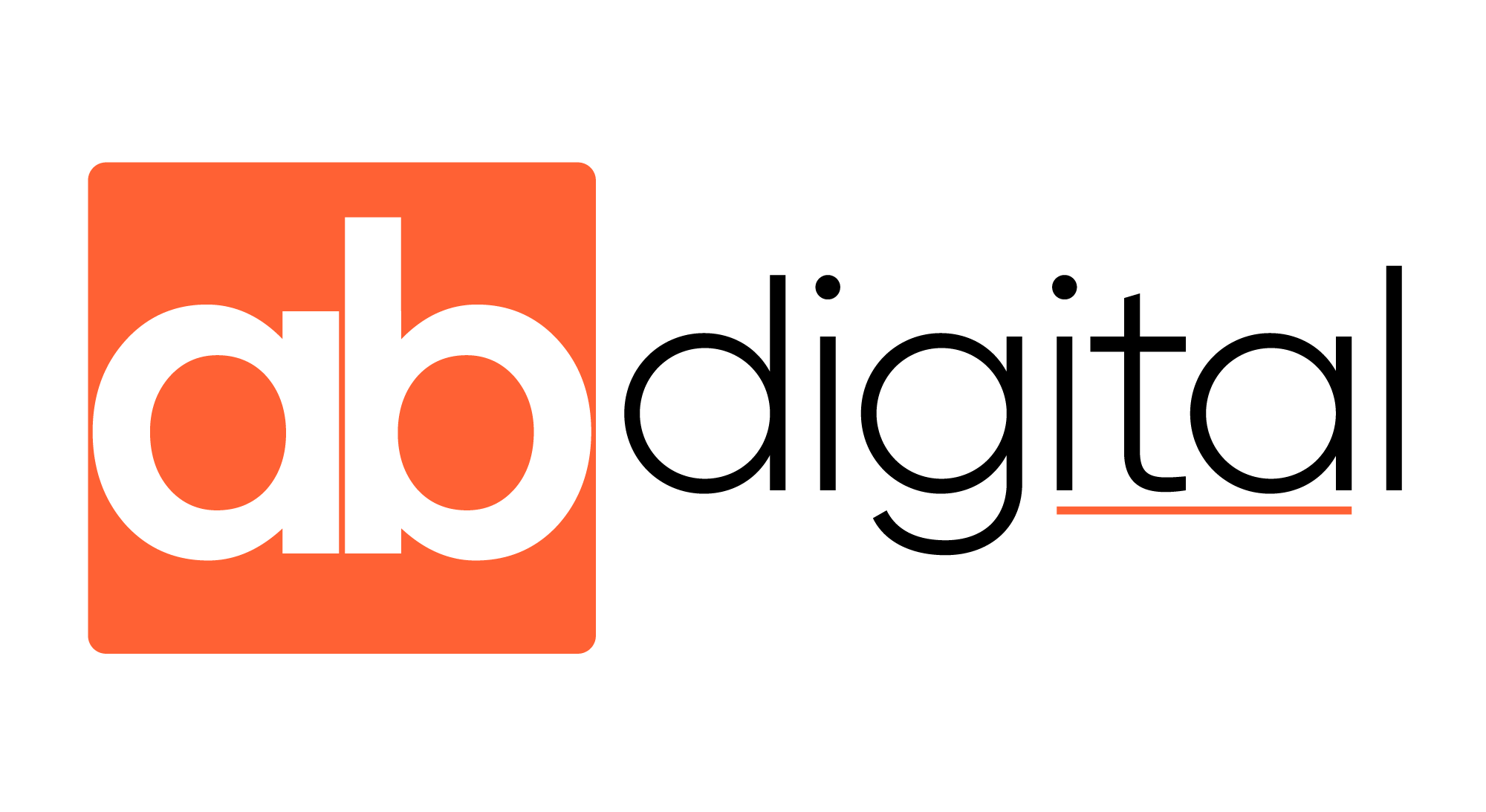Social media platforms offer unmatched reach and granular targeting options—if you know how to leverage them. In this ultimate guide to paid social advertising, we’ll walk through every step: from defining objectives and mastering audience targeting, to crafting scroll‑stopping creative and optimizing bids. You’ll learn how to structure your campaigns for awareness, consideration, and conversion, and implement tracking that lets you make data‑backed decisions.
Whether you’re promoting a lead magnet for a community bank or boosting a B2B webinar for an oilfield services provider, these tactics will help you cut through the noise, engage your ideal prospects, and drive measurable results. By the end of this post, you’ll have a complete blueprint to launch, manage, and refine paid social advertising campaigns that consistently boost engagement and elevate conversion rates.
1. Define Clear Campaign Objectives
Before spending a dollar, clarify what success looks like. Paid social supports a spectrum of goals:
| Objective | Best Formats | KPIs to Track |
|---|---|---|
| Awareness | Video Ads, Carousel, Canvas | Reach, Impressions, VTR |
| Consideration | Traffic Ads, Lead Gen Forms, Event Ads | CTR, Leads, Content Views |
| Conversion | Offer Ads, Dynamic Product Ads | Conversion Rate, CPL, ROAS |
- Awareness Stage: Use mobile‑first videos under 15 seconds to introduce your brand and message.
- Consideration Stage: Drive prospects to webinars, blog posts, or white papers. Use lead gen forms to capture emails.
- Conversion Stage: Retarget engaged users with product demos, free trials, or consultation offers.
Align your campaign objective with the appropriate ad format and creative style to maximize relevance scores and lower cost per result. Clear objectives are the cornerstone of effective paid social advertising and set the stage for precise audience targeting.
2. Master Audience Targeting
Accurate audience targeting ensures your ads reach the right prospects at the right time.
Core Audience Types
- Core Audiences: Demographics, interests, behaviors, and location targeting on platforms like Facebook and LinkedIn.
- Custom Audiences:
- Website visitors via tracking pixels (e.g., Facebook Pixel).
- CRM lists (email subscribers, past customers).
- Lookalike/Similar Audiences: Algorithms identify users who mirror your best customers.
Advanced Targeting Techniques
- Layered Targeting: Combine demographics (e.g., “Houston, age 35–55”) with interests (“financial services”) and behaviors (“engaged shoppers”).
- Exclusion Groups: Exclude past converters or irrelevant segments (e.g., “already enrolled customers”) to avoid wasted spend.
- Sequential Messaging: Show awareness ads first, then move engaged users into consideration campaigns.
Case Study: A credit union used a 2% lookalike on their email list and layered job titles in LinkedIn. The result? A 48% lower CPL compared to standard interest targeting—proof that precise audience targeting can dramatically improve paid social advertising performance.
Regularly refresh custom and lookalike audiences to maintain list health and avoid ad fatigue.
3. Optimize Ad Creative and Copy
Compelling visuals and concise copy are non‑negotiable in paid social.
Creative Best Practices
- Image Ads: Use high‑resolution, 1:1 or 4:5 aspect ratios. Keep text overlays under 20%.
- Video Ads: 15‑ to 30‑second mobile‑optimized clips with captions. Hook viewers in the first 3 seconds.
- Carousel/Collection Ads: Showcase multiple features or products in one ad unit.
Copywriting Tips
- Headline (≤25 chars): Punchy and benefit‑driven.
- Body (≤90 chars): Pain‑point + solution (e.g., “Struggling with low loan leads? Get 50 qualified prospects this month.”)
- CTA: “Learn More,” “Sign Up,” or “Download Now.” Match the offering.
Split‑Test Example:
- Creative A: Static image of smiling customer + “Get Your Free Audit”
- Creative B: 15‑sec animated explainer + “See How We Maximize ROI”
By continuously testing different formats and copy variations, you fine‑tune your messaging and creative to what resonates best with each audience segment—an essential process for long‑term paid social advertising success.
4. Implement Conversion Tracking
Without reliable data, you can’t optimize. Install and configure:
- Facebook Pixel / LinkedIn Insight Tag: Capture page views, leads, and purchases.
- Custom Events: Define actions like form submissions, downloads, and add‑to‑cart events.
- Offline Conversion Tracking: Upload CRM‑recorded sales back into ad platforms to measure true ROI.
Setup Checklist:
- Install pixel/tag on all site pages.
- Map events to platform‑specific actions.
- Verify with Tag Assistant or Pixel Helper.
- Test conversions by completing the user journey.
Accurate tracking empowers you to move from “spray and pray” to precise paid social advertising strategies driven by hard metrics.
5. Test Ad Formats and Placements
Different placements yield different results. Cast a wide net and then narrow down.
| Placement | Pros | Cons |
|---|---|---|
| Facebook Feed | High engagement, native feel | Competitive CPM |
| Instagram Stories | Immersive, full‑screen vertical | Limited text space |
| Audience Network | Extended reach across apps & sites | Lower viewability than feeds |
| Facebook/Instagram Reels | Trend‑driven, high completion rates | May require more creative effort |
| LinkedIn Feed | Professional audience, strong B2B reach | Higher CPC than Facebook |
Testing Approach:
- Launch identical creative across multiple placements.
- After 7–10 days, compare CTR, CPC, and conversion rate.
- Shift budget toward placements with the lowest cost per result.
This targeted approach to paid social advertising placements ensures you allocate spend to the environments where your audience is most receptive.
6. Leverage Automated Rules and Smart Bidding
Automation frees you to focus on strategy.
Automated Rules
- Pause Low‑Performers: Stop ad sets with CTR <0.5% or CPL >target.
- Budget Boosts: Increase daily budget by 20% if CPA is 10% below goal.
- Bid Adjustments: Raise bids by 10% for high‑value segments (e.g., lookalikes).
Smart Bidding Options
- Facebook’s Lowest Cost with Cap
- LinkedIn’s Automated Bid for Objective
- Google’s Target ROAS / Maximize Conversions
By implementing rules and automation, you maintain peak efficiency and ensure your paid social advertising campaigns continuously lean into high‑performance opportunities—saving time while driving better results.
7. Analyze, Report, and Refine
Optimization is an iterative cycle of measurement and improvement.
Key Metrics to Monitor
- Engagement Metrics: CTR, video completion rate (VCR), engagement rate.
- Efficiency Metrics: CPC, CPM, cost per result.
- Outcome Metrics: CPL, conversion rate, ROAS.
Reporting Cadence
- Weekly Dashboards: Highlight outliers and trends.
- Monthly Deep Dives: Compare against benchmarks, review audience overlaps, and analyze creative fatigue.
- Quarterly Strategy Reviews: Reassess platform mix, budget allocation, and high‑level goals (e.g., “increase webinar sign‑ups by 30% next quarter”).
Continuous Refinement:
- Refresh creative every 2–3 weeks to avoid ad fatigue.
- Rotate audience segments monthly to maintain reach efficiency.
- Expand winning creatives into new lookalike tiers.
This disciplined, data‑driven approach ensures your paid social advertising engine hums along at peak performance—helping you consistently boost engagement, conversions, and ROI.
Frequently Asked Questions
Q1: How large should my custom audience be?
Aim for at least 1,000 active users; smaller audiences often lead to high CPMs.
Q2: What’s a good benchmark for CTR on social?
2–3% is average; anything above 3% indicates highly relevant creative and targeting.
Q3: How often should I refresh creatives?
Every 10–14 days for feeds; every 7 days for Stories/Reels to combat ad fatigue.



